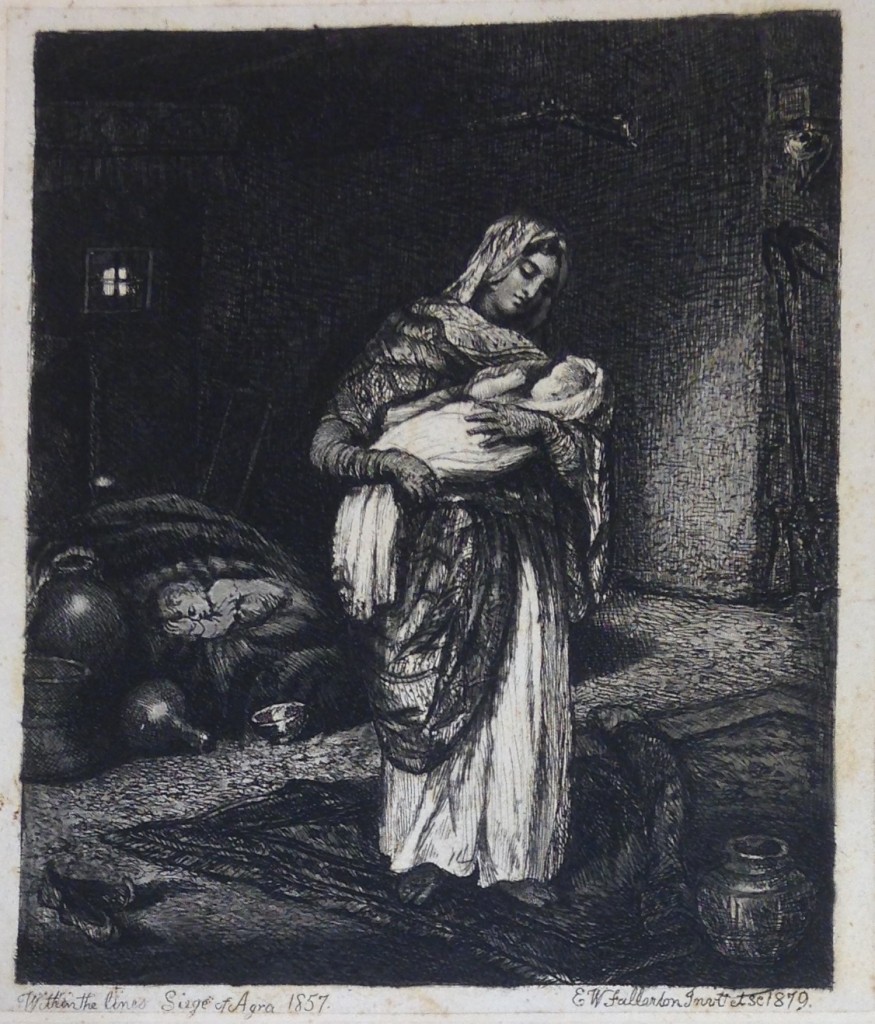Throughout the pieces of Victorian art and literature that we have examined so far, animals frequently stand in for savagery or primitivism. Many of these pieces of art portray humans in competition with animals, exhibiting a clear distinction between the two categories. Alice’s Adventures in Wonderland perpetuates this distinction, fitting animals and humans into a hierarchy that mimics the relationship between royalty and peasantry. Through Alice, we get an objective view of this world, and can examine how its inhabitants interact.
When Alice arrives in Wonderland, she notices that the world is divided into two distinct sections. There is the region before the tiny door, and the region beyond it. Immediately, we are introduced to the difference between these two areas: before the door is a “dark hall,” while beyond it lie “beds of bright flowers” and “cool fountains” (Carroll 8). Clearly, the space beyond the door is the more desirable area of this world, and is only accessible to a select few—those who can fit through the door. The door sets up the differences between the social classes of Wonderland, as well as the lack of opportunity to move between those classes. Accordingly, the image of Alice staring longingly out the door and into the beautiful gardens shows her desire to climb the social ladder.
The inhabitants of Wonderland further establish the structure of its social classes. In the “dark hall,” Alice encounters a wide variety of animals, including the White Rabbit, the Mouse, and a group of birds. On this side of the door, there are very few humans, and many of the animals are employed in the service of one particular human—the Duchess. The positioning of most of the animals on the less desirable side of the door, as well as the traditional view of animals as inferior to humans, suggest that in Wonderland, animals are part of a lower social class. This idea is supported by the fact that the rulers of Wonderland, who live in the “loveliest garden you ever saw,” are portrayed as humans. As a human, it is Alice’s birthright to be among this ruling class, and her acceptance of this role is illustrated in her poor treatment of the animals in Wonderland.

